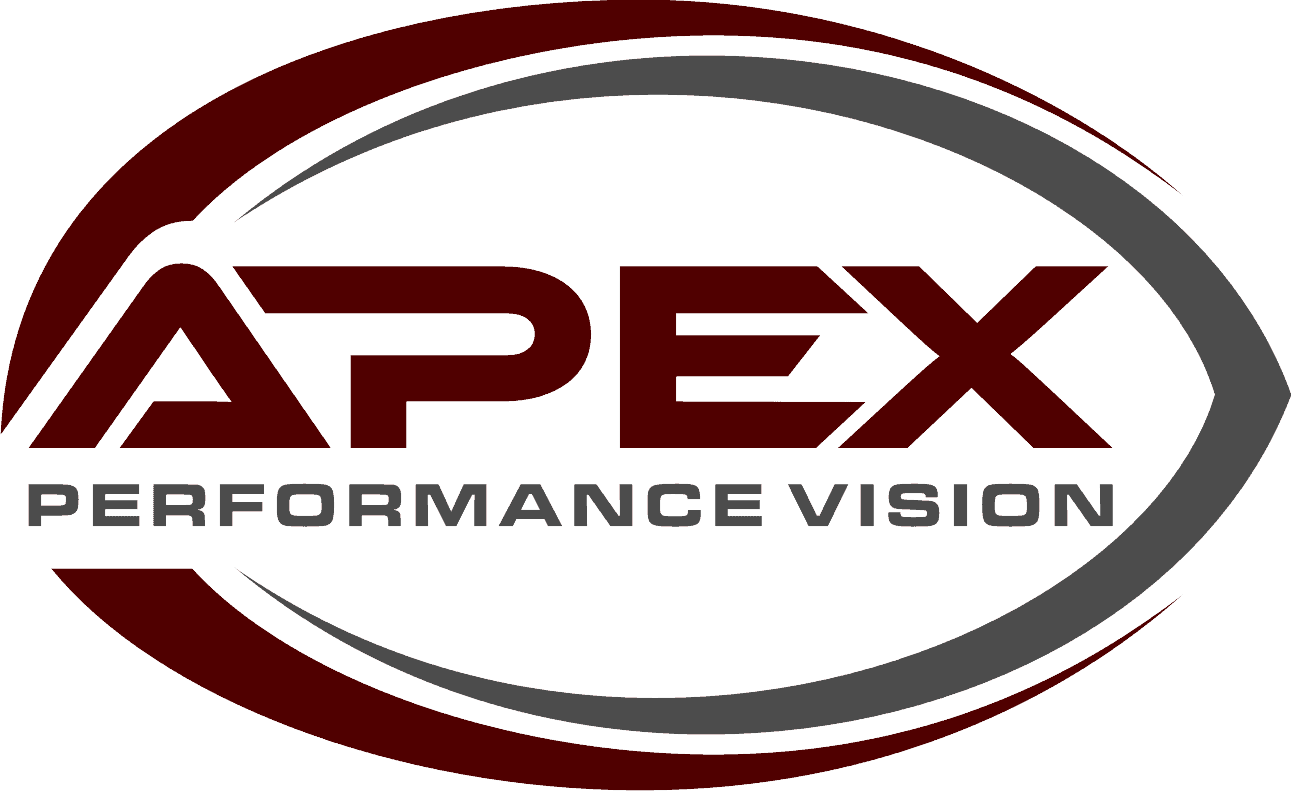Previous slide
Next slide
Our team will reach out to discuss how we can alleviate your symptoms and help you reach your full potential.
It’s not enough for our visual system to work well in isolation. The visual system must also coordinate with the motor system, auditory system, and vestibular systems in order for us to interact comfortably and efficiently with our environment.
Our team will reach out to discuss how we can alleviate your symptoms and help you reach your full potential.




| Monday | 9:00 am - 5:30 pm |
| Tuesday | 9:00 am - 5:30 pm |
| Wednesday | 9:00 am - 5:30 pm |
| Thursday | 9:00 am - 5:30 pm |
| Friday | 9:00 am - 5:30 pm |
|
Closed for lunch from 12:30 pm - 1:30 pm | |
| Saturday | Closed |
| Sunday | Closed |
